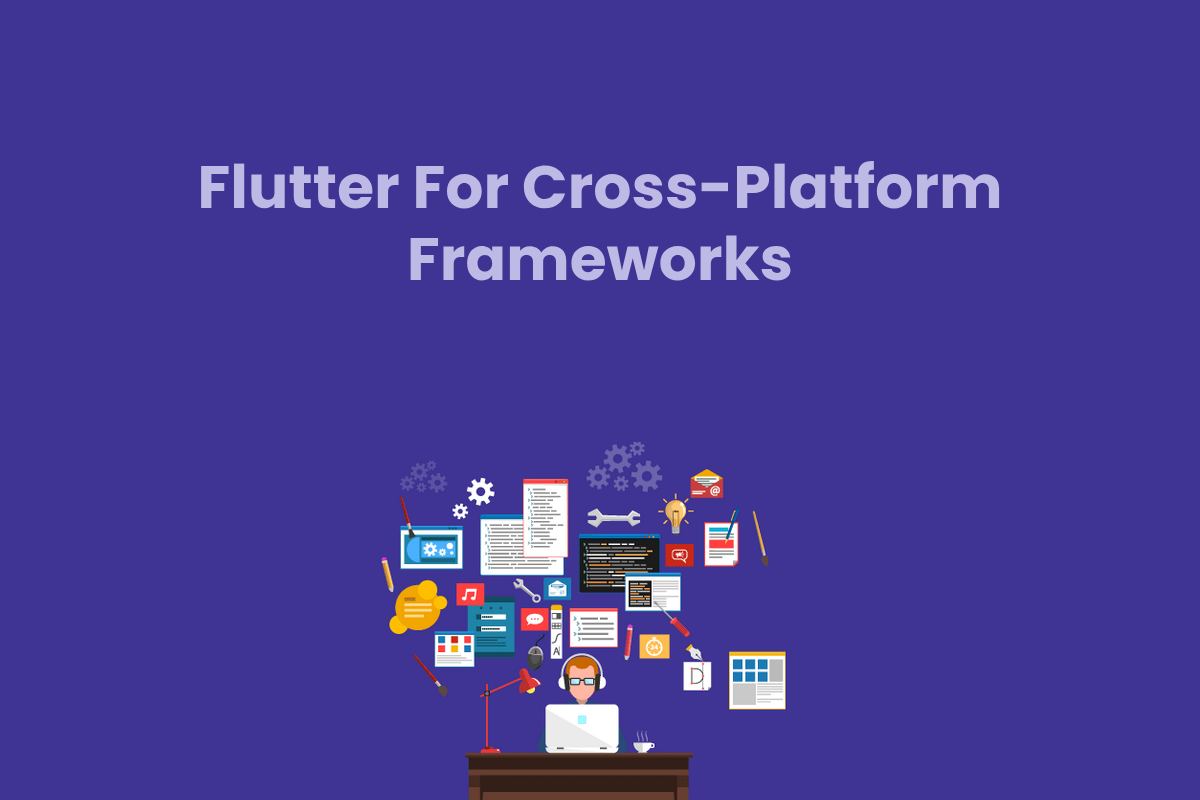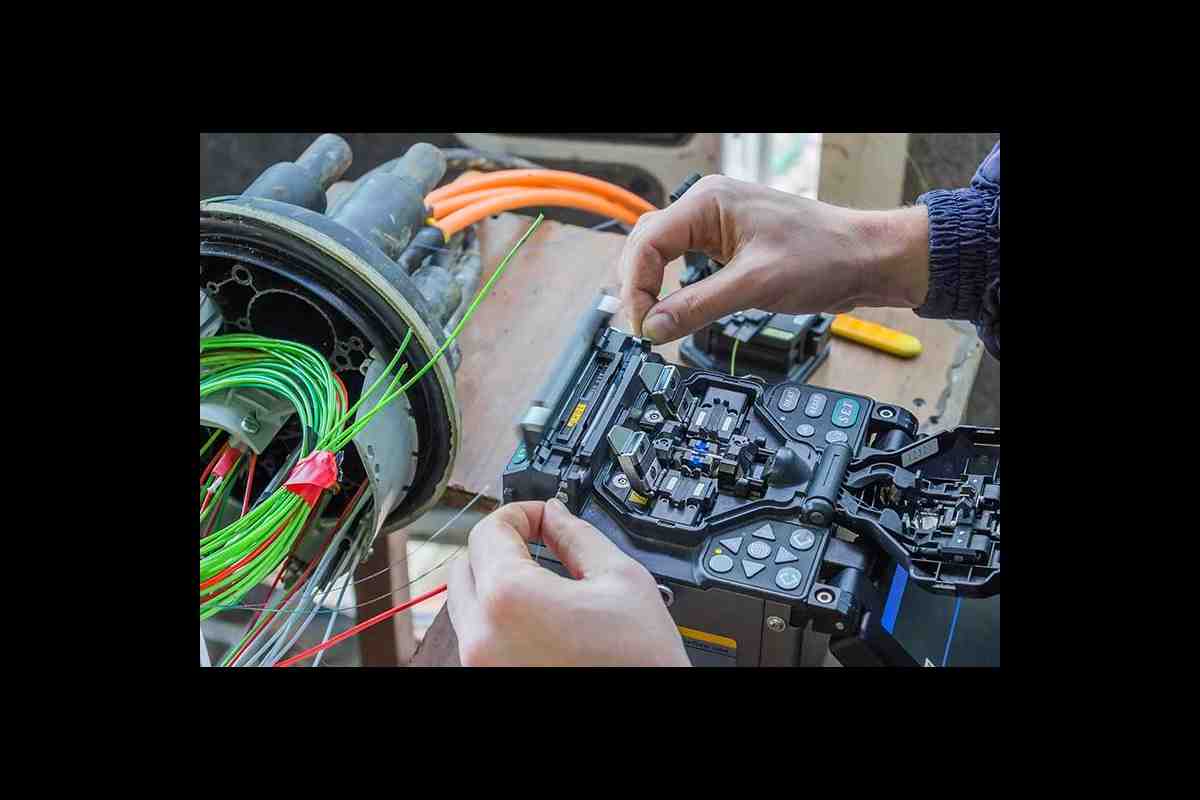

Flutter: Unlocking Cross‑Platform Power for Modern Apps
Why Flutter Rocks for Cross‑Platform Apps
Flutter is rapidly becoming the go‑to framework for developers who want to fire up a single codebase and ship it to both Android and iOS with minimal fuss. It’s an open‑source toolkit that feels like a breath of fresh air, letting you build slick, high‑performance apps faster than you can say “hot reload.” Let’s dive into what makes Flutter a standout choice—and where it might trip you up a bit.
What Exactly Is Flutter?
Flutter is a UI framework created by Google that uses the Dart language. It packs everything you need—from widgets to animation tools—into a single, self‑contained package. The main buzz? It ships native code, which means your app runs really fast on both Android and iOS without the overhead of bridging developers usually have to work through.
Flutter vs. React Native
While React Native relies on JavaScript and a bridge to native components, Flutter compiles its Dart code directly to native machine code. This gives it a performance edge, especially in graphic‑heavy apps. On the flip side, React Native’s massive ecosystem of libraries and community support can sometimes feel more mature if you’re already steeped in the JavaScript world.
The Benefits Of Using Flutter
- Rapid Development: Hot reload lets you see changes instantly, speeding up iteration.
- Consistent UI: Across platforms, your app looks the same thanks to Flutter’s own rendering engine.
- Rich Widget Library: From Material Design to Cupertino, you’ve got a kitchen full of ready‑made components.
- Strong Performance: Native‑like speed because Flutter compiles directly to ARM/LLVM.
- Growing Community: Plenty of plugins, packages, and tutorials are arriving every day.
The Challenges Of Using Flutter
- App Size: Flutter apps tend to be larger than native ones, which might worry users with limited storage.
- Learning Curve: If you’re new to Dart, you might have to invest some time getting comfortable.
- Platform‑Specific APIs: While many plugins exist, some native features still require writing platform‑specific code.
- Limited Ecosystem for Older Platforms: Flutter’s support for web and desktop is improving but not yet as mature as mobile.
All in all, Flutter is a powerful, buzzworthy tool that lets you bring your ideas to life across devices in a heartbeat. Whether it’s the right fit depends on your project’s goals, timeline, and the skill set of your team.
What Is Flutter?
Flutter – The One‑Stop Studio for Mobile Apps
Picture a world where you can whip up a snazzy app for both iPhones and Android devices without juggling two separate codebases. That’s the magic of Flutter, Google’s open‑source toolkit that lets developers build shiny, native‑looking applications with a single copy of the code.
What’s Inside the Flutter Box?
Flutter is built around Dart, Google’s own programming language. Dart compiles straight to native machine code, so your app runs fast and smoothly on both platforms.
Why Developers are Flocking to Flutter
- Ultimate UI Awesomeness – Drag‑and‑drop widgets, rich animations, and a flexible theming system that feels like styling a personal brand.
- Hot Reloading Magic – Make a tweak, hit refresh, and instantly see the change. It’s as if your code were alive and eager to show off.
- Unified Codebase – Forget maintaining separate Android and iOS projects. One code, two platforms – save time, cut mistakes.
- Customizability – Build anything from a quirky chatbot to a heavy‑weight game without being boxed in by platform quirks.
Flutter vs. Other Cross‑Platform Options
While there are other frameworks out there, Flutter’s combination of performance, UI fidelity, and community support makes it a favorite for developers who want the best of both worlds without compromising on quality.
So, whether you’re a seasoned coder or a budding mobile wizard, Flutter offers a playground where creativity meets efficiency. Grab that single codebase, sprinkle some Dart, and watch your app shine across the entire mobile ecosystem!
Flutter Vs. React Native
Which Cross‑Platform Beast Is Right For You?
When you’re juggling mobile projects, the last thing you want is to pick the wrong toolkit and end up stuck on a tech‑snake pit. The two most popular options—Flutter and React Native—are like twin cousins with their own quirks. Let’s break them down so you can pick the right one for your game.
React Native: The JavaScript Juggler
- Built by Facebook in 2015, it lets you slam JavaScript into a native app that talks to iOS & Android.
- Because it’s all about React, you can hook in your favourite state‑management libraries like Redux or Relay without writing a single new language.
- Huge community—cheerleaders who will drop cheats, tutorials, and memes (the more the better).
Flutter: The Dart All‑Star
- Google’s open‑source playground that uses Dart, a language that feels a bit like Java but with a snappier syntax.
- Showcase flashy UI with Widgets that are as customizable as a Lego set—so you can build polished, high‑performance interfaces in no time.
- Bundle of power tools that let you jump from a sketch to a finished app with less friction than a coffee‑slurping spring.
Key Strengths & Trade‑Offs
- React Native: Big community = quick help, broader ecosystem, fewer barriers to entry if you’re already a JS fan.
- Flutter: All‑in‑one toolset that speeds up development, rich visual ecosystem, but a smaller but still growing community.
So, Which One Should You Pick?
If your crew is fluent in JavaScript and you love bringing libraries together, React Native is the go‑to. On the flip side, if you’re chasing lightning‑fast UIs and a single language for everything, Flutter might just be your new BFF.
At the end of the day, it all boils down to what feels most natural to you and your team’s squeeze. Happy coding!
The Benefits Of Using Flutter
Flutter: The Dev’s Time‑Saving Superpower
Why Everyone’s Digging Flutter
Flutter has become the go‑to framework for anyone who wants to build slick, high‑performance mobile apps across iOS and Android without writing two separate codebases. It’s like having a Swiss Army knife that only works on phones.
Speed & Real‑Time Magic
Write a widget in Dart, hit hot reload, and boom—your changes appear instantly on the device. No more waiting for the dreaded “build complete” message or hunting bugs that appear after the app restarts. Iteration feels more like a game than a chore.
Widget Wonderland
• Hot Reload
• Rich Widget Library for everything from fancy sliders to intuitive bottom sheets
• Zero Platform‑Specific Code—your UI works natively on both iOS and Android
Scalability Made Simple
Change a single line, and the same app scales gracefully for any screen size or platform. No extra code rewriting, no headaches. It’s like tailoring a suit for everyone in one go.
Emotionally & Humor‑Loaded Highlights
- Feel the joy of instant feedback—your app feels more alive with every keystroke.
- Say hello to a more extensive widget toolkit—the more you build, the more you’ll love it.
- Enjoy scalable design without the extra work—from tabs to new features, one change does it all.
The Bottom Line: Flutter lets you create stunning, performant apps faster than you can say “debug.” It’s efficient, flexible, and built to keep you laughing while you code. Happy hacking!
The Challenges Of Using Flutter
Why Flutter Can Get a Bit Tangled
When you first dive into the world of Flutter, you might be thinking, “Cool, cross‑platform magic!” But it’s not all rainbows and unicorns. Let’s break down the bumps that could slow you down.
Learning Curve: It’s a Bit of a Hike
- Still a New Kid on the Block – Flutter is relatively fresh on the scene, so its API isn’t as polished as the veterans. You’ll need to sprinkle a bit extra effort into mastering it.
- Time‑Consuming – Think of it as a marathon. You’ll have to commit a fair amount of hours figuring out widgets, state management, and the flutter‑specific language quirks.
- Scarcity of Resources – The learning toolbox is still expanding. For newcomers, this means hunting for tutorials, sample projects, and community guidance can feel like a scavenger hunt.
Library & Tool Card Game
- Not All Apps Are Ready – The ecosystem is growing, but some libraries or integrations are missing. That makes fitting new tools into your existing stack a challenge.
- Complex Integrations – When the pieces don’t line up, you end up juggling workarounds, which can make the dev journey feel more like a puzzle than coding.
- Feature Gaps Compared to Teammates – Some older or more mature cross‑platform frameworks come packed with advanced features. Flutter may still be building its toolbox.
Bottom Line
Flutter holds lots of promise for building apps that run beautifully on multiple platforms – but the ride has its twists. Keep an eye on the learning curve, stay patient with the growing ecosystem, and before you know it, you’ll be whipping up cross‑platform wonders with confidence.







